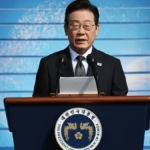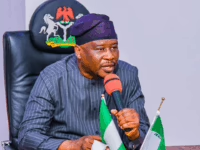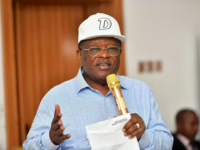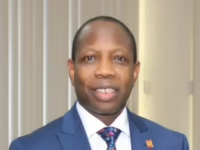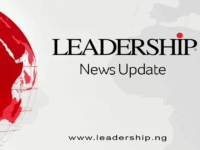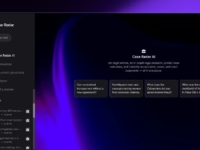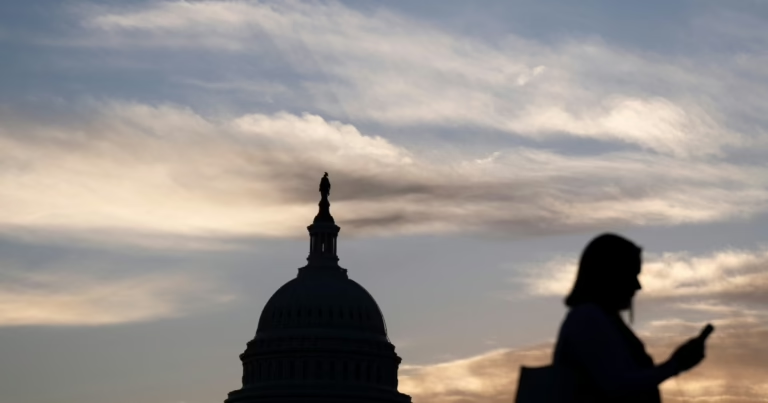As the government shutdown‘s impact becomes evident, Republicans and Democrats remain deadlocked over the spending bill.
Efforts by U.S. lawmakers to resolve the ongoing partial federal government shutdown have stalled once again, with both Republicans and Democrats rejecting each other’s temporary funding proposals for the second consecutive day.
On Wednesday, the Senate voted down competing stopgap measures by margins similar to those seen the day before, prolonging the shutdown that has disrupted numerous government operations.
Senators dismissed the Republican plan to maintain government funding through November 21, with a 55-45 vote against it.
Notably, two Democrats-John Fetterman of Pennsylvania and Catherine Cortez Masto of Nevada-alongside independent Angus King of Maine, crossed party lines to back the Republican proposal, mirroring their stance from Tuesday.
The Democratic alternative, which proposed extending funding contingent on approximately $1.5 trillion in additional healthcare expenditures, failed to pass with 53 senators in favor and 47 opposed, as all Republicans voted against it.
This deadlock unfolds amid President Donald Trump’s fulfillment of his pledge to impose consequences on Democrats for the shutdown, which has halted some government services and compelled essential workers to continue their duties without immediate pay, with promises of future compensation.
Russell T. Vought, the White House budget director, announced the administration’s decision to suspend $26 billion in infrastructure funds allocated to states governed by Democrats.
Specifically, $18 billion designated for transportation projects in New York City has been withheld, citing objections to “unconstitutional DEI principles”-a reference to diversity, equity, and inclusion policies that conservatives have strongly criticized.
Additionally, $8 billion in what Vought termed “Green New Scam funding” intended for 16 states, including California, Washington, and Hawaii, has been rescinded.
Officials from the Trump administration also indicated that the president plans to proceed with earlier threats to implement widespread layoffs as a result of the shutdown.
“We will have to reduce staff,” Vice President JD Vance stated during a White House briefing. “Savings must be found in some areas to ensure essential services remain operational elsewhere.”
Stephanie Leiser, a public policy lecturer at the Gerald R. Ford School of Public Policy, University of Michigan, highlighted the economic toll of the shutdown’s uncertainty.
“While political strategizing continues over who gains or loses, the real cost is already being felt through postponed investments, increased borrowing expenses, drained reserves, and administrative challenges,” Leiser explained. “People are consumed by speculation about the near future instead of focusing on long-term planning.”
As the shutdown extends into its second day, neither party appears willing to budge.
Senate Minority Leader Chuck Schumer accused President Trump of using the American public as leverage, describing his tactics as “blackmail” that inflicts harm on the nation.
Schumer emphasized that Democrats’ efforts to prolong healthcare subsidies and reverse Medicaid reductions embedded in Trump’s One Big Beautiful Bill Act align with public demands.
“The people simply want us to negotiate a genuine solution that alleviates their burdens,” Schumer asserted.
Conversely, Senate Majority Leader John Thune placed responsibility on Democrats, claiming their opposition stems from an irrational animosity toward President Trump.
“I urge Democrats to reconsider and help reopen the government,” Thune posted on X.


